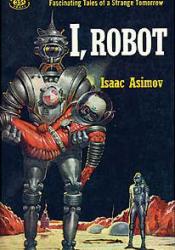Ottawa, Canada
Margaret Atwood was born in Ottawa, Ontario, Canda in 1939, and she currently resides in Toronto, Canada.
Capital of the Northern Region in Asimov's "The Evitable Conflict."
Parent Map
Coordinates
Latitude: 45.421529600000
Longitude: -75.697193100000
Longitude: -75.697193100000


